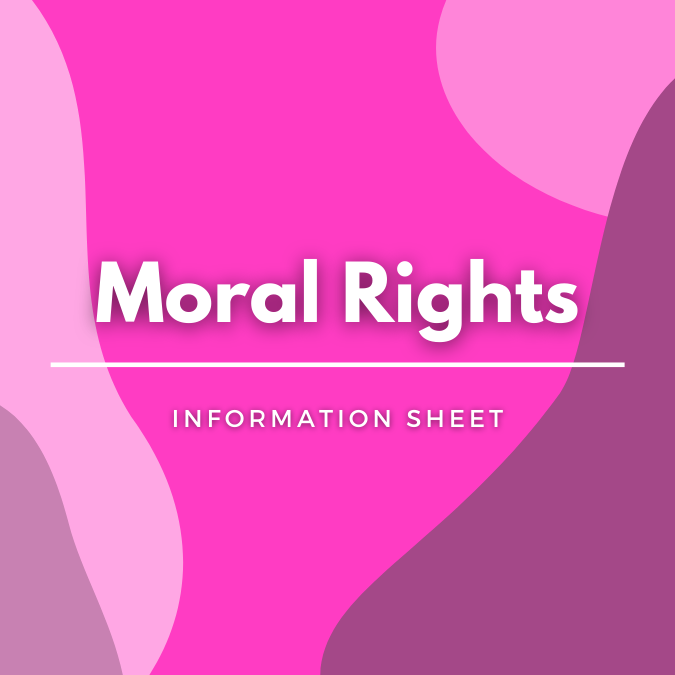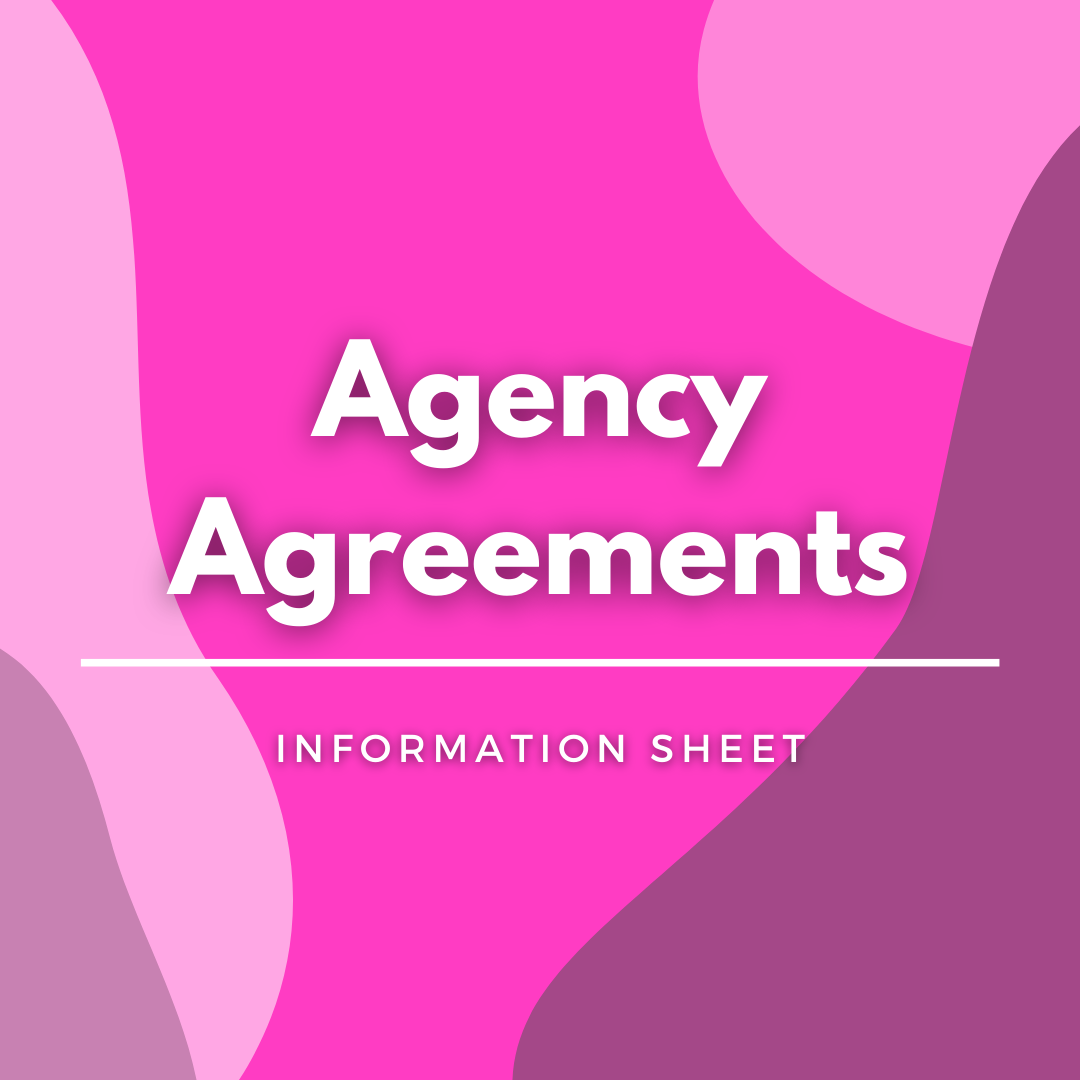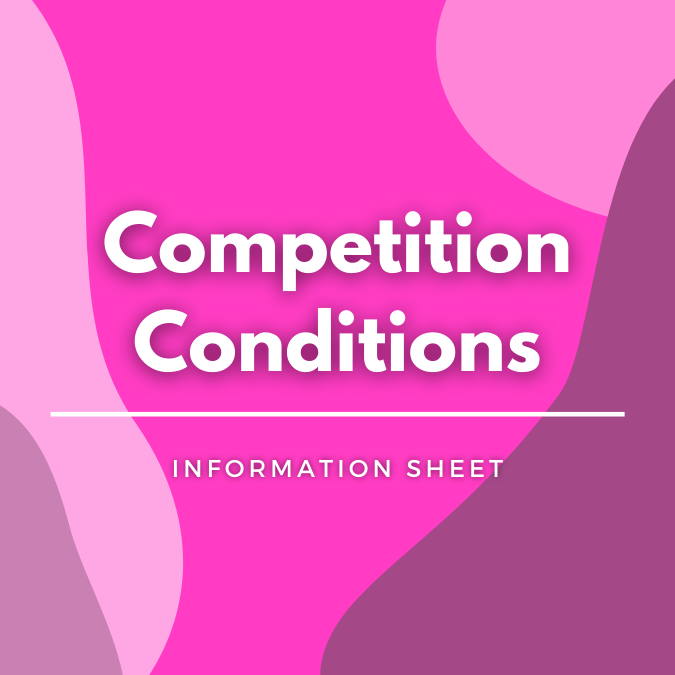Artificial Intelligence (AI) and Copyright
It is becoming more and more common for artists, musicians and other creators to use Artificial Intelligence (AI) in their creative work. This information sheet explains the common copyright issues involved with doing so. It will cover clearing copyright in material used by AI, copyright ownership in material produced by AI, and the legal uncertainties in this area.
AI technology is rapidly developing. This presents exciting opportunities for creators but means that the law has not always caught up with the technology. Concepts like AI, ‘data mining’ and ‘machine learning’ are not dealt with in the Copyright Act 1968 (Cth) and there have not been many court cases to test how copyright applies to artworks created using AI. This information sheet looks at how copyright applies to existing technologies and tries to make informed assumptions about how it might apply to AI.
1. What is AI?
There is no widely accepted definition of AI. AI can be understood as computer systems that are able to perform tasks normally requiring human intelligence. This includes visual perception, speech recognition, decision-making, translation between languages and generation of creative outputs.
There are different types of AI, and ‘machine learning’ is one of the most popular. Machine learning is when an algorithm is trained using ‘training data’ to produce certain outputs (e.g., predictions, decisions or creative works), without being specifically programmed to do so.
Machine learning algorithms can be used in various ways. In healthcare, machine learning modules can help diagnose diseases or discover new drugs. Media companies have been using machine learning systems to automatically generate news articles.
2. How is AI used by creators?
AI has been used to generate music, art, poems, movie scripts, designs and more. The Australian music band Uncanny Valley used AI to generate a song ‘Beautiful the World’ which won the Eurovision-style “AI Song Contest” in 2020. The AI-generated portrait titled ‘Edmond de Belamy’ was sold for $432,000 at Christie’s auction in New York. ‘Hello World’ by SKYGGE is known as the first music album generated with the assistance of AI.
Creative industries also use AI to market and promote creative works. YouTube, Spotify and Netflix use AI algorithms to generate recommendations for their subscribers on which music or movie they should choose next.
AI can be used in the creative process in different ways and at different stages. It can be used to generate an entirely new work of art or to edit an image generated by a human. Musicians have used AI tools, such as Magenta and OpenAI’s Jukebox, to generate new songs. But other AI tools are used to help master musical works that were created by musicians themselves.
How much does the human creator contribute? On the one hand, some artists invest large amounts of time and effort to develop or tweak an existing AI algorithm, compile ‘training data’ sets, train the algorithm until it produces satisfactory outputs, or pre-select outputs generated by AI and edit them further. On the other hand, the user of an AI tool would only need to make a few clicks to generate a new work. For example, the Poem Portraits project requires a user to only input one word and share their own photo to generate a ‘Poem Portrait’. The level of human contribution will be important in determining whether works generated using AI are protected by copyright and who owns them.
3. Do you need permission to use copyrighted work in data used by AI?
Machine learning algorithms are normally trained using large amounts of data. ‘Training data’ sets might include works protected by copyright, such as poems, articles, drawings, photographs, or song recordings. Under Australian law, it is not always clear whether you need permission from copyright owners to use their work in this way.
Generally, it is an infringement of copyright to digitally reproduce works without permission. Therefore, if you make a digital copy of work (including works that had been available online) to train an AI, this use will require permission from the copyright holder. For example, if you compile your own training data set by scraping images from publicly available websites, you will need permission from rights holder/s.
You may not need permission if an existing copyright exception applies. For example:
- There are fair dealing exceptions for research and study, criticism and review, news reporting, and parody and satire.
- There are exceptions allowing some temporary copying of works for technical purposes (e.g., your computer making a temporary copy of an audio-visual file when you stream it online from a licensed platform).
But it is currently not clear whether these exceptions cover use of works as training data in machine learning. They were not designed to apply to that type of use. There are currently no copyright exceptions in Australia specific to data mining or using works for machine learning.
However, if you are not training an AI module using pre-existing copyright works, then you are not creating digital copies as part of the process. In these cases, you don’t need permission. This might be the case if you are using a ‘pre-trained’ module.
4. Does copyright protect works created using AI?
Since this technology is so new, it is not clear that works created with the help of AI will be protected by copyright. As a general rule, a work can only be protected by copyright in Australia if there is a human author who contributed ‘independent intellectual effort’. Because of this, it is possible that works generated by AI which don’t have enough human input won’t be protected by copyright.
By contrast, if creators using an AI tool have contributed ‘independent intellectual effort’ as part of creating the work, then the work would likely be protected by copyright. What contribution is enough? While there is no definite answer yet, some contributions are more likely to be protected than others. For example, if a creator produced an image and used an AI tool to edit the image, the human contribution is likely to be enough for copyright protection. But it remains unclear whether other contributions – like writing, tweaking and training the algorithm, or pre-selecting and editing the output – would be enough to attract copyright protection.
AI tools do not currently have a legal status and cannot own copyright. It is the human contributor who would own copyright if a work was protected.
For more general information, see Arts Law’s Information Sheet on Copyright.
5. How do you credit a work created using AI?
Copyright law only recognises humans as authors (or performers) and only human authors (or performers) are given moral rights. One of these rights is a right to be attributed as an author of the work. For more information, see Arts Law’s Information Sheet on Moral Rights.
When a work is generated with the help of AI, human authors who contributed ‘independent intellectual effort’ to the creation of the work should be credited as authors. A person who did not contribute a substantial effort in the generation of the work is not entitled to be credited as an author.
AI does not have any rights under copyright law and therefore there is no legal obligation to indicate that AI was used to generate the work. But you might still want to indicate that AI was used to help create a work to be transparent with your audience. “Transparency and explainability” is one of “Australia’s AI Ethics Principles” developed by the Australian Government as part of ‘Australia’s Artificial Intelligence Ethics Framework’. These principles are not legally binding, but helpful guidance on best practice when working with AI. You can read more about them here.
Disclaimer
The information in this information sheet is general. It does not constitute, and should be not relied on as, legal advice. The Arts Law Centre of Australia (Arts Law) recommends seeking advice from a qualified lawyer on the legal issues affecting you before acting on any legal matter.
While Arts Law tries to ensure that the content of this information sheet is accurate, adequate or complete, it does not represent or warrant its accuracy, adequacy or completeness. Arts Law is not responsible for any loss suffered as a result of or in relation to the use of this information sheet. To the extent permitted by law, Arts Law excludes any liability, including any liability for negligence, for any loss, including indirect or consequential damages arising from or in relation to the use of this information sheet.
© Arts Law Centre of Australia
You may photocopy this information sheet for a non-profit purpose, provided you copy all of it, and you do not alter it in any way. Check you have the most recent version by contacting us on (02) 9356 2566 or tollfree outside Sydney on 1800 221 457.
The Arts Law Centre of Australia has been assisted by the Commonwealth Government through the Australia Council, its arts funding and advisory body.




